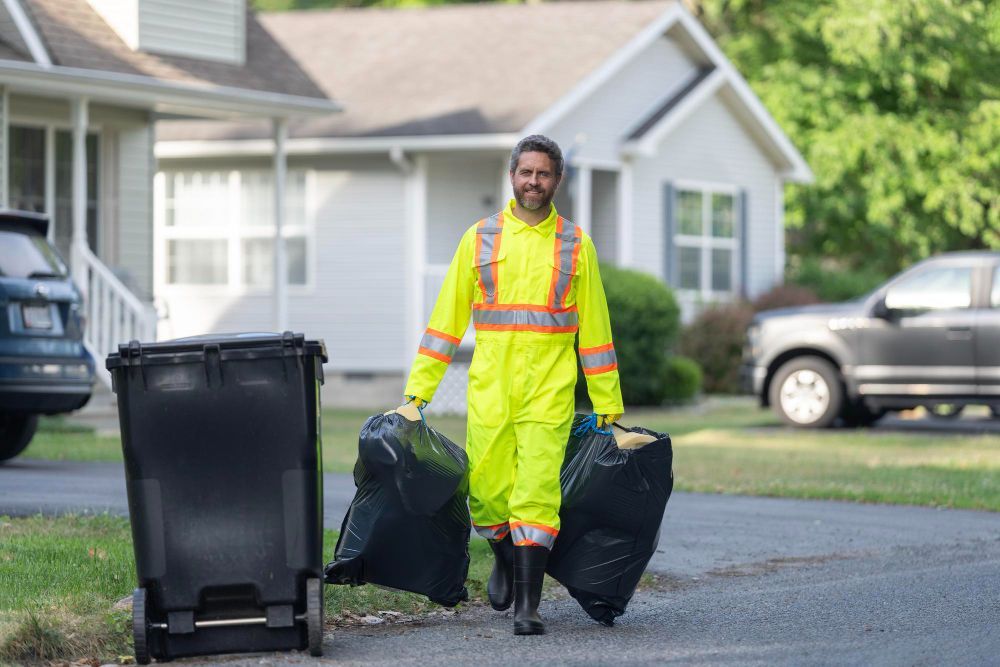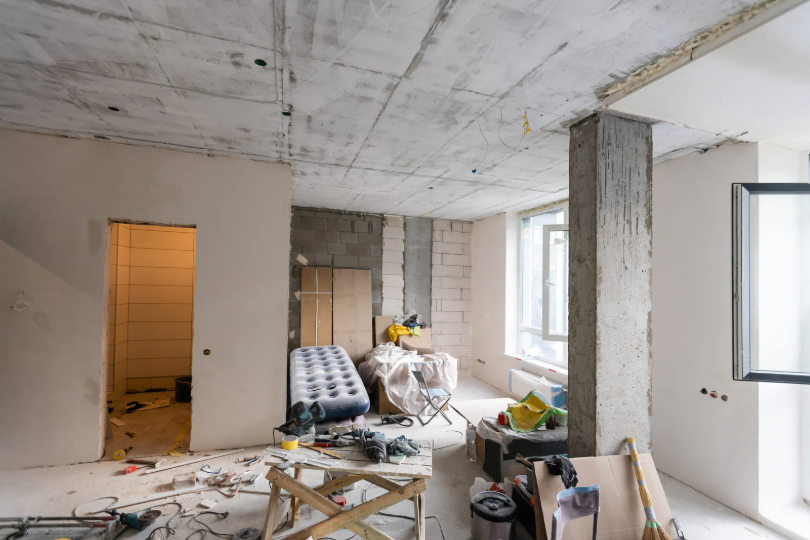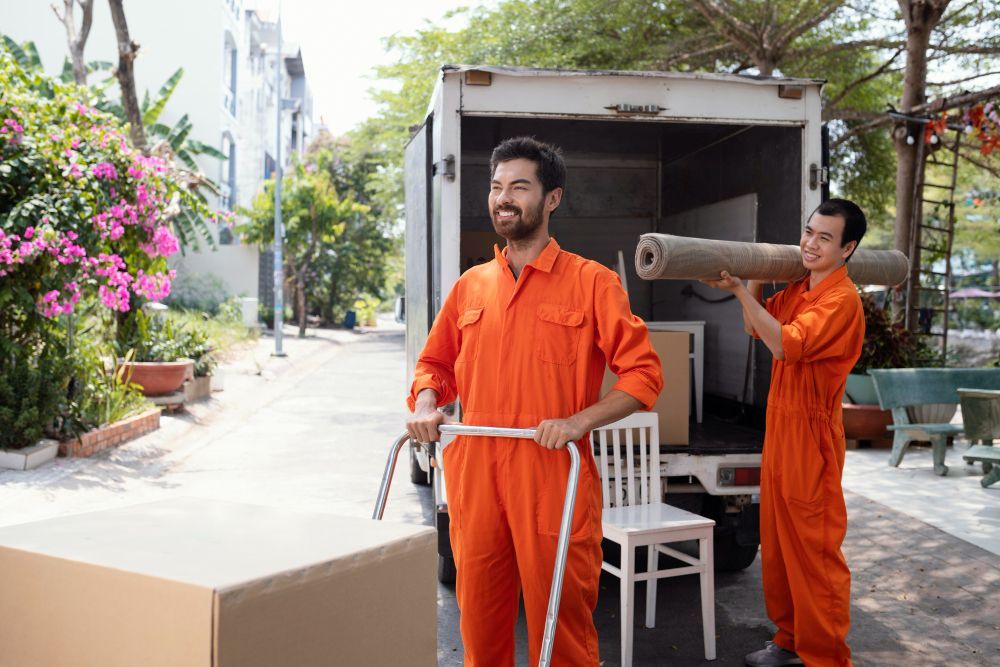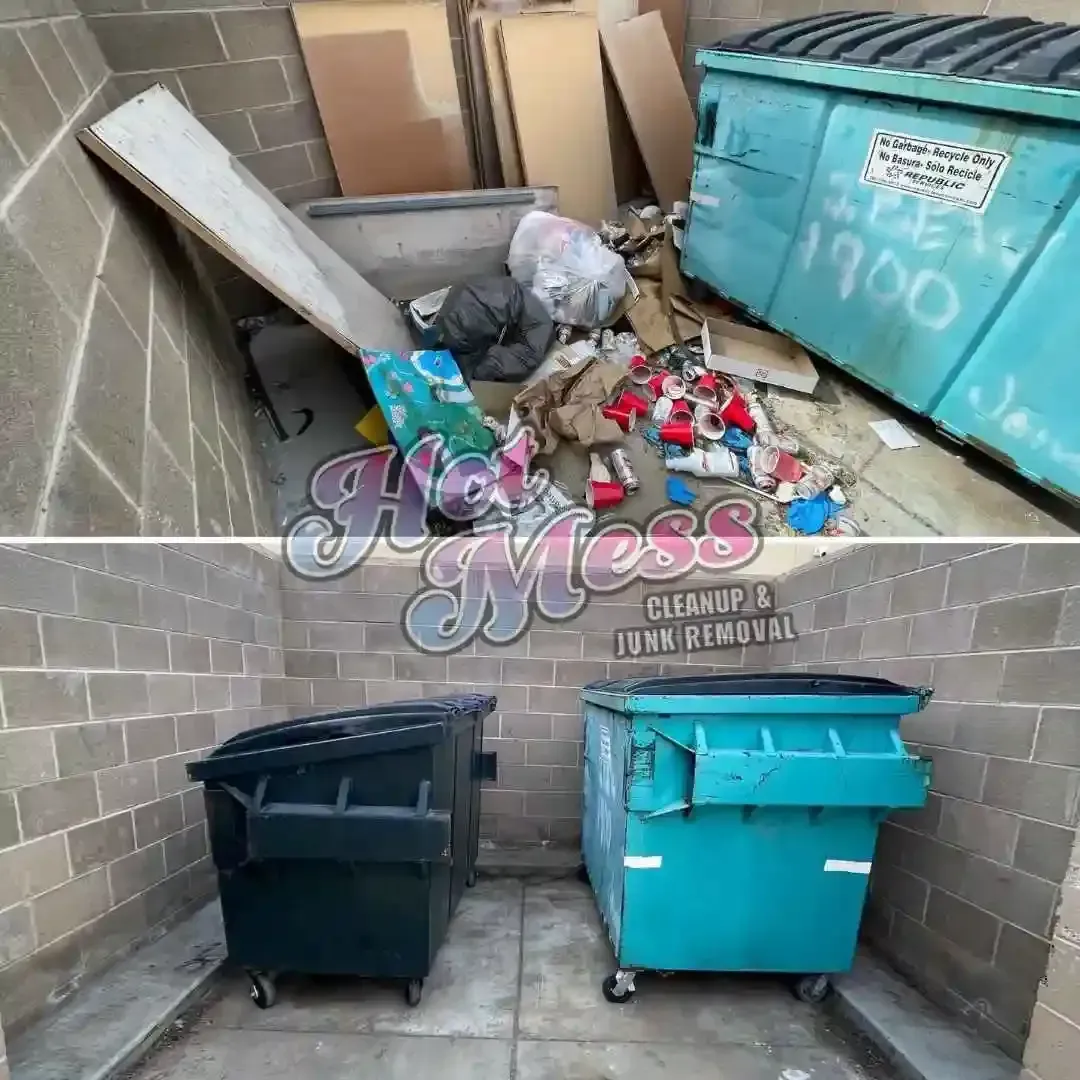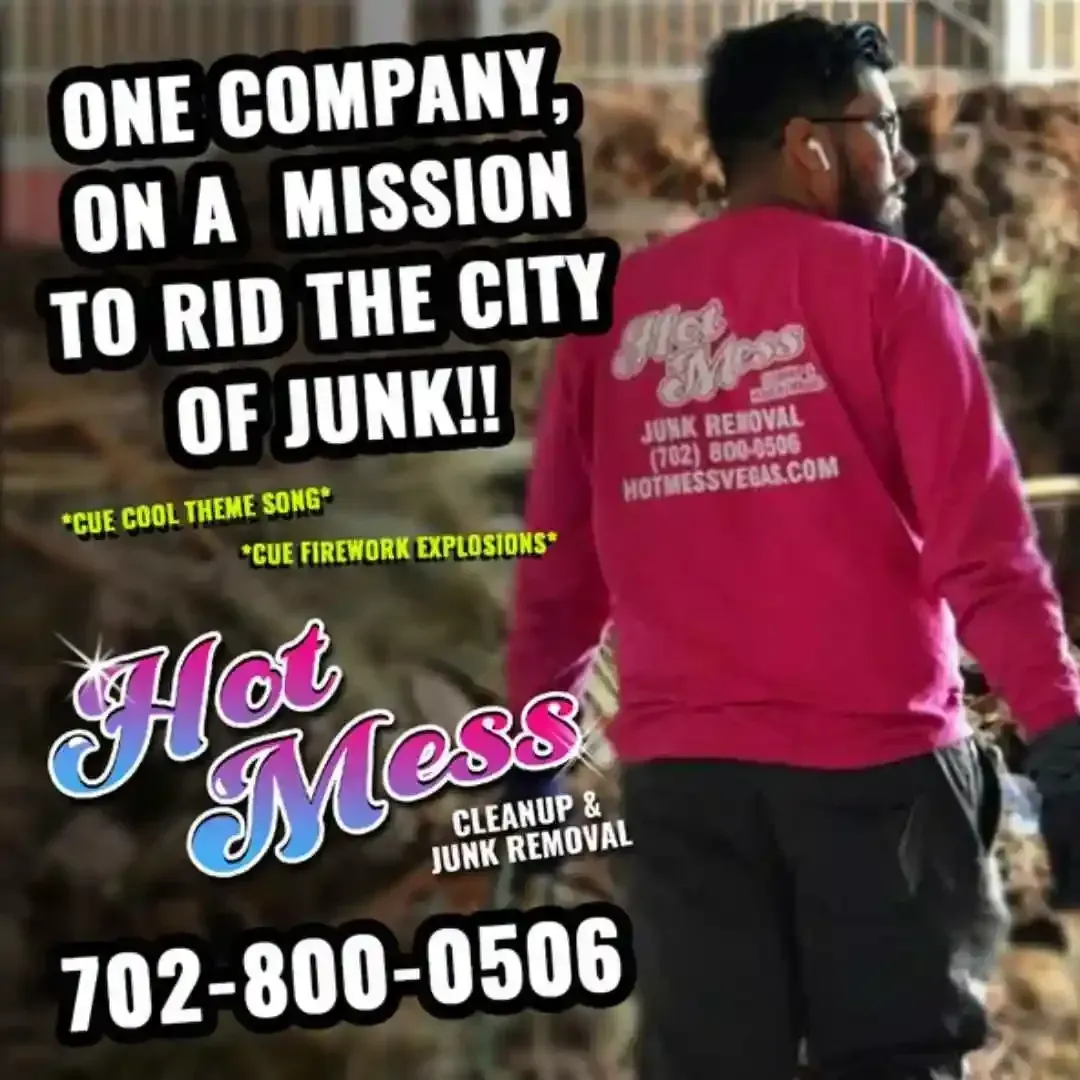Residential Junk Removal: What to Keep and What to Toss
Junk removal goes beyond just spring cleaning—it’s a vital part of maintaining a healthy, organized home. Whether you're downsizing, moving, or clearing years of accumulated clutter, deciding what to keep and what to toss can be a daunting task. The process requires thoughtful consideration to ensure you only hold onto items that truly add value to your life. In this guide, we’ll help you navigate through the decision-making process by offering practical advice on sorting through your possessions, eliminating what no longer serves you, and creating a space that’s both functional and stress-free. By focusing on what really matters, you’ll clear out unnecessary clutter and make room for the things that enhance your day-to-day life. With the right approach, you can transform your home into a serene, organized sanctuary that supports both your lifestyle and well-being.
What is Junk Removal?
Junk removal is the process of clearing out unwanted items from your home, including those things that occupy valuable space but no longer serve a functional purpose. It goes beyond simply tossing things in the trash—it's about making conscious decisions regarding which items truly contribute to your home’s functionality and which ones are just taking up space. Whether it's old furniture, broken electronics, or excess household items, junk removal helps streamline your living space.
The goal is to evaluate your possessions and remove anything that doesn't enhance your home or your life, while holding onto things that are useful, meaningful, or valuable. This process can be overwhelming, especially if you’ve accumulated clutter over time. However, a well-executed junk removal plan can make your home feel more organized, reduce stress, and create a healthier living environment. It’s all about creating space for what truly matters while eliminating what no longer does.
The Benefits of Junk Removal
Before diving into the specifics of what to keep and what to toss, it’s important to recognize the benefits of junk removal. Here’s why it matters:
- Improved Home Aesthetics: A cluttered home often feels chaotic. By removing items that are no longer necessary, you can instantly make your living environment feel cleaner and more spacious. A tidy home is a calm home.
- Better Organization: When you remove unnecessary clutter, it becomes easier to organize your belongings. This means you’ll be able to find things when you need them and keep your home running more smoothly.
- Healthier Environment: Old furniture, appliances, and unused items can accumulate dust, dirt, and even mold over time, contributing to an unhealthy living environment. Regular junk removal ensures that your space remains clean, hygienic, and comfortable.
- Stress Reduction: Dealing with piles of clutter can cause stress and anxiety. Once you've cleared out unnecessary items, you’ll feel a sense of accomplishment, helping reduce your stress levels.
Deciding What to Keep
Determining what to keep in your home is often the hardest part of the junk removal process. It's important to approach this step with a clear mindset, focusing on what truly adds value to your life. Here are some things to consider when deciding what to keep:
Sentimental Items
Family heirlooms, photos, or gifts from loved ones can hold emotional significance. These items should be carefully stored and preserved. However, make sure you’re only holding onto items that genuinely bring joy or serve a purpose. If something no longer holds the same meaning, it might be time to part with it.
Items in Good Condition
Things like furniture, electronics, or appliances that are still functional but no longer needed may not belong in the trash. Consider donating these items to someone who could use them, or selling them for a small profit. Donating not only helps others but can give these items a second life.
Practicality
Keep items that you use regularly or ones that will serve you well in the future. If an item serves a specific purpose, enhances your day-to-day life, or is something you rely on, it’s likely worth keeping. This could include kitchenware, everyday furniture, or tools that you use for home maintenance.
Decorative Pieces That Add Value
Items that enhance the beauty of your home, like artwork, decorative furniture, or plants, should be preserved. These pieces can help create a cohesive aesthetic and contribute to the overall ambiance of your space. If something no longer fits with your home’s theme, it may be time for it to go.
Long-Term Value
Sometimes, keeping something might seem practical in the short-term, but if it’s unlikely to be useful in the long run, it might not deserve a place in your home. For instance, keep items that you know will continue to serve you for years, such as high-quality tools or heirloom furniture.
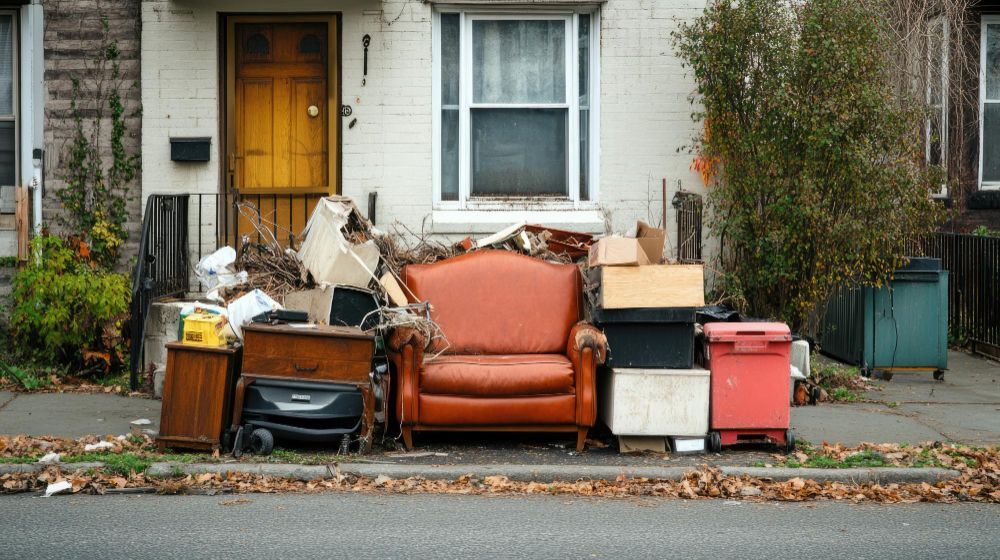
Deciding What to Toss
When it comes to junk removal, deciding what to toss can be the most challenging part. Start by evaluating the condition of your items—broken, damaged, or outdated possessions that no longer serve a purpose should be the first to go. Items like old electronics, appliances that no longer work, or furniture that’s beyond repair should be discarded to avoid unnecessary clutter. Additionally, if you have items that no longer align with your current needs or lifestyle, such as old gym equipment, unused kitchenware, or excess clothing, it may be time to let go. Remember, holding onto items that no longer bring value can prevent you from enjoying the space you deserve.
Sustainable Disposal Practices
Once you’ve decided what to toss, it’s important to consider sustainable disposal practices. Recycling is one of the most effective ways to ensure that discarded items don’t end up in landfills. Many household items, such as electronics, paper, and certain plastics, can be recycled. For larger items, like furniture or appliances, look for local donation centers or recycling programs that accept them. If you’re unsure, professional junk removal services often use eco-friendly methods to dispose of items responsibly, ensuring minimal environmental impact.
How to Declutter Your Home by Deciding What to Keep and What to Toss
Decluttering your home doesn’t have to be an overwhelming task. The first step is to evaluate each item in your space and determine its purpose in your life. Consider whether something brings you joy, serves a practical function, or enhances your home’s aesthetic. Sentimental items are often the hardest to part with, but it’s essential to be honest with yourself about what truly holds value. Keep the pieces that make you happy and let go of those that no longer serve you.
Once you’ve sorted through your belongings, think about the next steps. Donating usable items, recycling, or responsibly discarding broken or outdated things ensures a cleaner and more organized home. Remember, a clutter-free home isn’t just about getting rid of things—it’s about making intentional choices that contribute to a more peaceful and functional living space.
The Ultimate Guide to Residential Junk Removal for a Cleaner Home
Residential junk removal is a transformative process that can breathe new life into your home. By tackling the clutter in your living space, you not only create a more organized environment but also enhance the overall energy and flow of your home. Start by categorizing your items—what’s broken, outdated, or just taking up space? Prioritize your belongings based on their usefulness, sentimental value, and condition. The goal is to keep things that serve a real purpose while letting go of the excess.
Once you've decided what to toss, think about sustainable disposal methods. Donating items to charity or recycling things like electronics and furniture can make a positive impact on your community and the environment. Whether you tackle junk removal yourself or hire professionals, the end result will be a cleaner, more comfortable space to live and relax in.
Expert Tips for Sorting Through Your Home’s Clutter and Making Room for More
Sorting through the clutter in your home doesn’t have to be a stressful experience—it can be liberating! Start by setting a clear goal: what do you want your space to look and feel like after the decluttering process? Break the task into manageable sections, focusing on one room or category of items at a time. Whether it’s the kitchen, closet, or basement, tackle the clutter step by step, keeping only what adds value to your life. This focused approach helps avoid becoming overwhelmed by the sheer amount of stuff.
To make the most of your decluttering process, consider donating gently used items that are still in good condition. Some things may be useful to others but no longer serve your needs. Recycle old electronics, shred documents you no longer need, and dispose of broken or unusable items. In the end, sorting through your home’s clutter will not only make more room but also give you a sense of accomplishment and peace
Conclusion
When it comes to residential junk removal, the key to a clutter-free home is determining what to keep and what to toss. It’s a process that requires thoughtful decision-making, focusing on the items that truly enhance your life, serve a practical function, or hold sentimental value. By discarding those things that no longer serve a purpose, you create a more organized, peaceful, and functional living space that allows you to fully enjoy your home. This process not only transforms your environment but also reduces stress and promotes better mental well-being.
If you’re feeling overwhelmed or unsure about where to start, don’t hesitate to reach out for assistance. Hot Mess Cleanup & Junk Removal is here to support you through every step of the junk removal process. Whether you need help sorting through your belongings or require professional junk removal services, we’ve got you covered. Contact us at 702-800-0506 or email info@hotmessvegas.com. We’re dedicated to helping you reclaim your space and restore order to your home.
